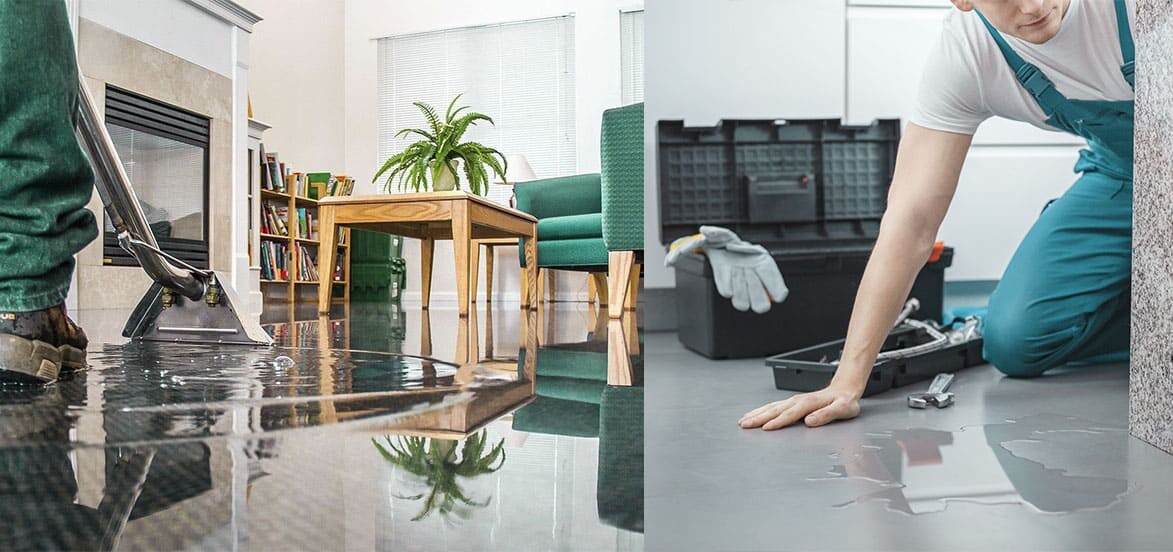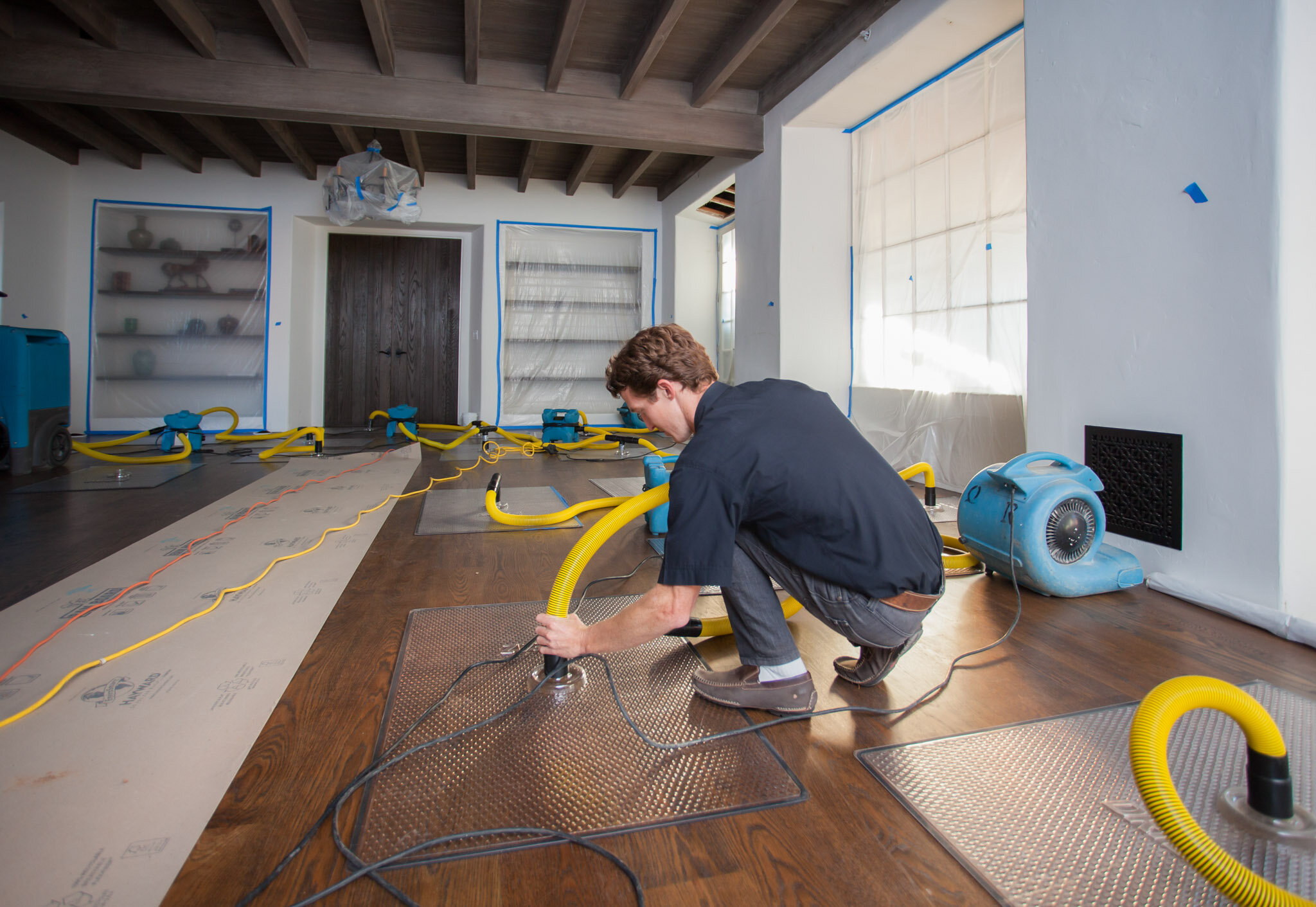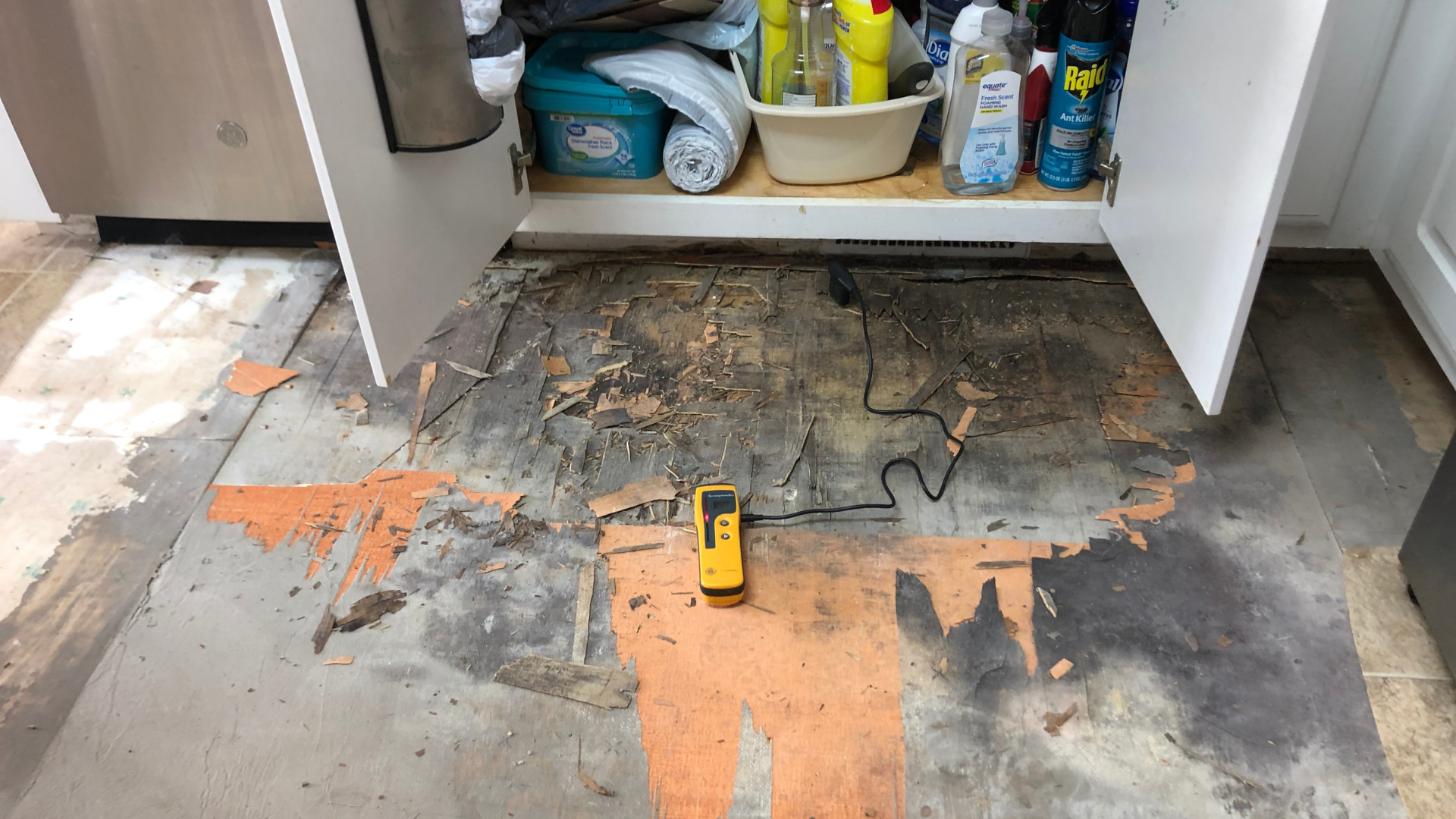Water Damage Restoration 101: Understanding the Process and Price
Water damage can strike all of a sudden, leaving property owners in a state of confusion. Recognizing the repair process is essential for efficient recuperation. From assessing the damage to picking the appropriate provider, each step influences the total end result and expense. Elements such as the kind of water damage and necessity additionally play a considerable role. What are the certain techniques used in reconstruction, and exactly how can one get ready for prospective expenses?
Sorts Of Water Damage

Preliminary Assessment and Examination

Water Removal Techniques
Complying with the first assessment, effective water removal methods are utilized to mitigate damage and protect against additional concerns. These techniques involve the usage of specific tools such as completely submersible pumps and industrial-grade vacuum cleaners - Mold Remediation After Water Damage. The option of technique relies on the volume of water present and the kind of materials influenced. For standing water, submersible pumps are commonly utilized for fast removal, while vacuums are perfect for extracting water from carpetings and upholstery. Additionally, progressed methods like water extraction mats may be employed for hard-to-reach locations - Flood Cleanup Services. The goal is to remove as much water as feasible, reducing the potential for mold and mildew development and structural damage. Motivate and effective water removal is important in the overall water damage repair procedure
Drying and Dehumidification Process
As soon as the water extraction is full, the drying and dehumidification procedure becomes crucial to bring back the afflicted area. This stage usually employs industrial-grade dehumidifiers and air moving companies to efficiently decrease moisture levels. The dehumidifiers draw in damp air, eliminating excess moisture, while air moving companies distribute air to increase dissipation. Surveillance equipment is usually utilized to track moisture and temperature level levels, making certain perfect drying out conditions. The duration of this procedure can differ depending upon the level of the water damage and environmental aspects. It is vital to completely completely dry all impacted products, consisting of wall surfaces, flooring, and home furnishings, to stop mold and mildew growth and structural damage. Correct implementation of this step is vital for a successful remediation outcome.
Cleaning Up and Sterilizing Damaged Locations
As soon as the drying procedure is total, a detailed preliminary evaluation and evaluation of influenced locations is vital to recognize contamination levels. Effective cleaning techniques and appropriate products must then be used to eliminate debris and stains. Sanitization and disinfection methods are vital to assure that hazardous virus are eliminated, recovering the space to a risk-free problem.
Initial Evaluation and Inspection
Before beginning any kind of repair efforts, an extensive preliminary evaluation and inspection of the influenced areas are vital for reliable cleaning and sanitizing. This procedure includes identifying the level of water damage, identifying the resource of the water invasion, and assessing the materials influenced. Inspectors commonly try to find signs of mold and mildew growth, structural integrity problems, and damaged items. The analysis also consists of checking moisture levels utilizing specialized devices to assure no surprise water pockets stay, as these can bring about more complications. Documenting the findings is important for planning the next action in the reconstruction procedure. A thorough preliminary analysis enables remediation specialists to create a targeted approach for efficient cleansing and sanitizing, ultimately minimizing damage and health and wellness risks.
Cleaning Techniques and Products
Effective cleaning and disinfecting of water-damaged areas require a range of methods and items tailored to the certain products influenced. For permeable surface areas like drywall and carpets, removal techniques are vital to remove excess wetness, followed by deep cleansing with specialized detergents. Non-porous materials such as ceramic tile or metal can be cleansed Find Out More using commercial-grade cleaners that efficiently eliminate pollutants. Steam cleansing is an additional effective technique, especially for carpets and furniture, as it utilizes heats to get rid of germs and mold (Water Damage Restoration). Additionally, environmentally friendly products are increasingly popular for their safety and efficacy - Water Extraction And Drying. Eventually, choosing the suitable cleaning techniques and items not just assures prompt sanitation yet additionally help in stopping additional damage and health and wellness hazards related to water breach
Sanitization and Disinfection Techniques
When addressing water damage, appropriate sanitization and sanitation approaches are necessary to ensure the safety and health of the damaged setting. After preliminary cleaning, surface areas should be treated with ideal anti-bacterials to eliminate pathogens, mold and mildew, and bacteria that prosper in damp problems. Common methods consist of making use of EPA-approved chemical anti-bacterials, which can be used through spraying or wiping techniques. In addition, ultraviolet (UV) light systems can effectively disinfect areas by counteracting bacteria without extreme chemicals. The selection of technique typically relies on the kind of materials impacted and the degree of contamination. Inevitably, extensive sanitization not only recovers a secure space however likewise assists prevent future health and wellness risks connected with remaining wetness and mold and mildew growth.

Repairs and Restoration Options
Evaluating the damage caused by water direct exposure is crucial for identifying the appropriate fixings and repair options. Property owners may encounter different concerns, consisting of damaged drywall, deformed flooring, and jeopardized architectural elements. Depending upon the level of the damage, repair services may include replacing areas of drywall, mounting brand-new flooring, or strengthening architectural light beams. In situations of serious damage, complete replacement of damaged products may be required. In addition, expert restorers usually suggest using dampness meters to examine concealed dampness degrees prior to deciding on the very best strategy. It is very important to act quickly to stop mold and mildew development and more damage. Selecting the appropriate alternatives not just recovers the property but additionally ensures lasting safety and performance.
Elements Influencing Restoration Prices

The extent of water damage straight affects the reconstruction costs house owners can anticipate to sustain. Elements such as the resource of the water, the duration of direct exposure, and the affected products greatly influence prices. For example, clean water damage from a damaged pipeline is generally much less expensive to recover contrasted to damage brought on by sewer. In addition, the level of contamination determines the need for specialized cleaning and disposal solutions, better boosting costs. Geographical place also contributes, as regional labor rates and schedule of remediation solutions can differ. Ultimately, the necessity of the feedback affects costs; quicker interventions normally result in reduce total expenditures by protecting against further damage. Understanding these elements is important for house owners when approximating restoration expenses.
The three key kinds of water damage are classified based on contamination degrees: tidy water, gray water, and black water. A comprehensive preliminary evaluation and examination are essential actions in the water damage reconstruction procedure. For standing water, completely submersible pumps are usually used for fast elimination, while vacuum cleaners are ideal for removing water from carpetings and upholstery. The degree of water damage directly affects the remediation costs house owners can expect to sustain. Tidy water damage from a damaged pipe is usually much less expensive to restore contrasted to damage triggered by sewage.